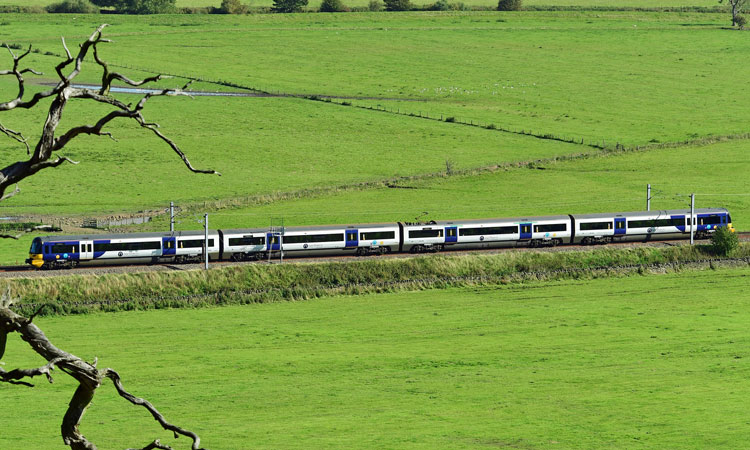Nottingham59
Established Member
What should be specification be for a national fleet of Battery EMU's to decarbonise the GB rail network?
It seems to me there is a need for Battery EMU's now, which can be deployed the many routes where there are currently diesels running under the wires. As electrification progresses, this fleet would be cascaded across the network, as new electrification projects open up new routes for battery trains, and the pure EMU's are brought in on those routes where infill electrification has filled in the gaps.
This need to cascade means that a single national design of BEMU would be much better than many different models of BEMU ordered for specific lines which would then form an inflexible collection of micro fleets, not be easily moved elsewhere.
This is one possible national BEMU specification:
It seems to me there is a need for Battery EMU's now, which can be deployed the many routes where there are currently diesels running under the wires. As electrification progresses, this fleet would be cascaded across the network, as new electrification projects open up new routes for battery trains, and the pure EMU's are brought in on those routes where infill electrification has filled in the gaps.
This need to cascade means that a single national design of BEMU would be much better than many different models of BEMU ordered for specific lines which would then form an inflexible collection of micro fleets, not be easily moved elsewhere.
This is one possible national BEMU specification:
- 100 miles guaranteed range off the wires
- Four-car (4x25m) units, with end-corridor connection, like class 350's, to allow longer trains up to 12-car. Reconfigurable into 3 and 5 car versions (or 2 and 6 car if necessary, depending on platform lengths)
- Top speed 110mph, which I think is the fastest allowed with connecting doors, and without losing space in leading cars.
- OHLE (of course, for traction and recharging batteries under the wires)
- Provision to recharge at remote termini using plug-in 350kW CCS superchargers, as used for rapid charging of EV cars
- Carriage doors at 1/3-2/3 spacing for speed of access?
- Convertible to 750V DC third rail supply?
- Recharging at the platform, rather than having to go off to a depot to refuel? Might need charging cables on swing gantries rather than having cables trailing across the platform.
- Is 100 miles off the wires right? Would 50 mile range be enough?
- Should BEMU's have a range-extender diesel engine to give them effectively unlimited range? HVO fuel would be low-carbon, and a 100kW car engine would be enough to top up batteries.
- Dual voltage OHLE to allow recharging at 1500V DC via the pantograph at termini without high-voltage grid connection.
- Is a 4-car base too long? Would a 3-car standard be better? Would allow reconfiguration into 2 and 4-car units.
- Would BEMUs need megawatt recharge capability, as in the emerging CharIn MCS standard for trucks?

